Jacques Cousteau: the man who gave us SCUBA
“Man will eventually live and work underwater.”
Jacques-Yves Cousteau, a French ocean explorer and pioneer in underwater science, foresaw this. With his ardent love for the ocean and breakthrough films, Jacques Cousteau helped disclose the personal cosmos under the sea to the world.

Cousteau was born on June 11, 1910, in Saint-André-de-Cubzac, France, to Daniel Cousteau, a legal counsel and companion of American millionaire Eugene Higgins, and Elizabeth Cousteau. The family traveled extensively due to the nature of Daniel’s employment. Cousteau, a young kid suffering from acute enteritis, an inflammation of the bowels, and anemia, found the move challenging.
Cousteau Early Life
Nonetheless, he learned to swim at four in the Deauville resort where Higgins’ boat was anchored. “I adored touching water,” Cousteau would later write. Physically. Sensually.” Jacques Cousteau’s ailments started to fade as he aged, and he eventually developed into a proficient swimmer. Higgins and his family moved to New York City for two years in 1920. Cousteau learned to dive beneath the water for the first time in America, at Lake Harvey in Vermont, where he and his brother, Pierre-Antoine Cousteau, were attending summer camp.

Cousteau saved his money once the family returned to France and purchased his first movie camera. His first assignment with the camera was to disassemble and reassemble it. He and his companions began staging and shooting melodramas by age 13, with J. Cousteau invariably billed as producer, director, and primary cinematographer. Jacques Cousteau was a poor student despite his inherent interest, and his parents sent him to a strict boarding school in Alsace on the French-German border. Cousteau’s parents’ effort to keep him focused on academics succeeded, and he graduated in 1930, following which he enrolled for the Brest Naval Academy.
Cousteau elected to attend the Navy’s flying school after graduating from the Naval Academy. He was in a terrible vehicle accident before taking his pilot’s test, in which he drove his father’s car off a mountain road, breaking both of his arms. Jacques Cousteau’s physicians wanted to amputate one of his limbs due to an infection, but he declined. Cousteau was able to use both arms after months of intensive physical rehabilitation, but his flying career was over. Ironically, this mishap likely saved his life, since all but one of his aviation school classmates were killed in World War II.
Jacques Cousteau was sent to a naval installation in Toulon and started swimming in the Mediterranean daily to strengthen his arms. He and two other navy officers started to practice swimming underwater while wearing goggles. Cousteau’s life was revolutionized by the universe exposed to him, and he started his lifelong preoccupation with submarine research in 1936. In addition, this was the year he met his wife, Simone Melchior, in Paris. The following summer, they married and had two boys, Philippe and Jean-Michel.
Inventing Aqua-Lung
Jacques Cousteau’s undersea investigations were unaffected by the outbreak of World War II. Jacques and his colleagues started experimenting with hoses, bodysuits, and breathing apparatus while still in the Navy and operating as spies for the French Resistance. They intended to build a device that would enable them to dive deeper and move about freely in the water, like a “manfish,” as Cousteau put it.
He later met engineer Émile Gagnan, and the two collaborated to develop the first scuba or self-contained underwater breathing apparatus diving gadget, the Aqua-lung. The Aqua-lung, which could provide air to the diver at the same pressure as the water, was tested in 1943 and was commercially available in 1946. Divers could swim under the water for the first time without being tied to an air line connected to a source on the surface.
Movies And Awards
Cousteau left the Navy on permanent leave in 1950 and adopted a minesweeper ship to sail the oceans. The Calypso was the name given to the ship. He and his crew, including his wife, close friend, and colleague Frédéric Dumas, set out to explore the world’s waters and experiment with innovative underwater technologies aboard the Calypso.
The Silent World, released in 1956, was initially written in English and then reworked in French. It was translated into various languages and helped bring Jacques Cousteau to public attention. Cousteau, one of the first to produce underwater color photography, devised a method for utilizing cameras underwater and started filming his expeditions under the sea. His films The Silent World (1956) and The Golden Fish (1959) received Academy Awards.
Cousteau initiated a project in the 1960s to establish that people might live under the sea in pressurized dwellings on the ocean bottom. Conshelf I, II, and III were the project names. Despite some doubts regarding the footage’s integrity, the documentary World Without Sun, concerning Conshelf II, received an Academy Award in 1964. Due to the inability of a film about Conshelf III to gain theatrical distribution, the material captured became a National Geographic special, which led to a deal with the American Broadcasting Company (ABC) to create documentaries for television specials.
The Emmy Award-winning television series Jacques Cousteau’s Undersea World started in 1968 and ran for nine years. Cousteau went on to create films for the Public Broadcasting Service and Ted Turner’s cable network. Jacques Cousteau started concentrating on environmental concerns, notably marine conservation, in the 1970s. In 1974, Jacques founded the Cousteau Society, which was committed to safeguarding the world’s seas, despite environmentalists’ claims that he often harmed marine creatures to film his movies.
Famous Quotes of Jacques Cousteau
Here are some of his most famous quotes:
• “The sea is my laboratory and I have made it my home.”
• “Only those who venture into the deep can ever know the mysteries of the sea.”
• “We must respect nature even if we do not understand it.”
• “What connects humanity with nature is our trust.”
Final Years of Sea Legend
Personal and professional disasters marred Cousteau’s final years. In 1979, his son Philippe, who was the most concerned with his father’s work and was considered his heir, was killed in an aircraft disaster. Jacques Cousteau’s oldest son, Jean-Michel, took on the task of carrying on his father’s work; however, owing to continual conflicts between father and son, Jean-Michel departed from the Cousteau Society in 1992.
Cousteau’s wife died in 1990, and the Calypso was damaged by a barge and destroyed in 1996. Jacques Cousteau was working to acquire funds for constructing a Calypso II when he died on June 25, 1997, at 87.
His explorations led to numerous scientific discoveries, but more importantly, he helped to further our understanding of the marine environment. His work with SCUBA diving helped to popularize the sport and bring it to a broader audience.
Cousteau’s legacy lives on through his work with the Cousteau Society and SCUBA diving. He has inspired many others to follow in his footsteps and explore the world beneath the waves.
Disclosure: This post may contain affiliate links, which means that DIVEMONDO may receive a small commission if you make a purchase using these links. As an Amazon Associate this website earn from qualifying purchases.
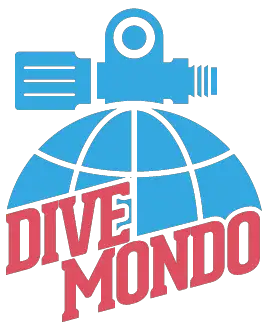


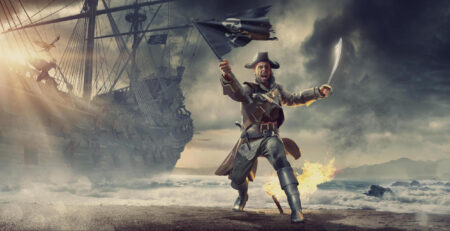
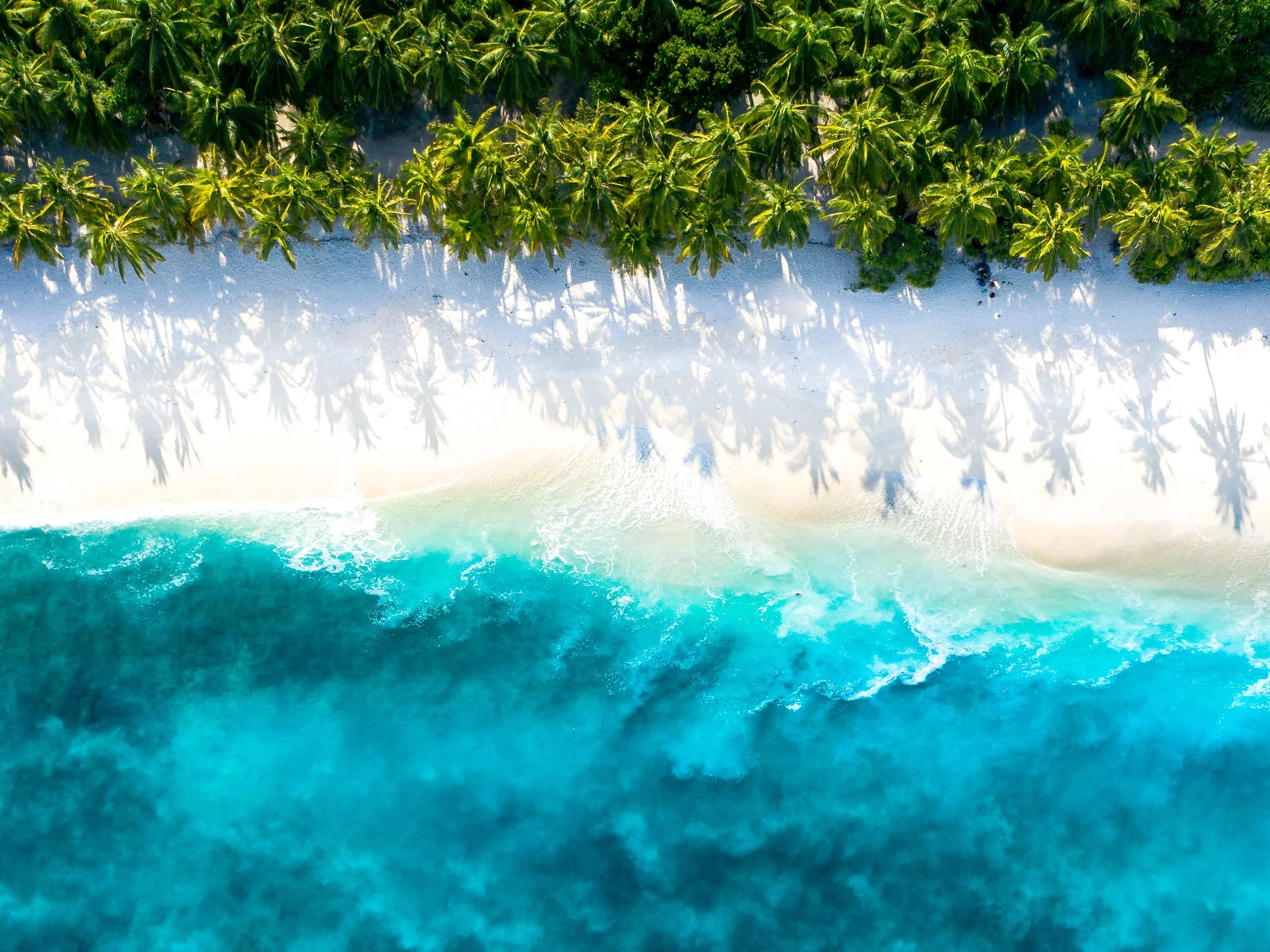

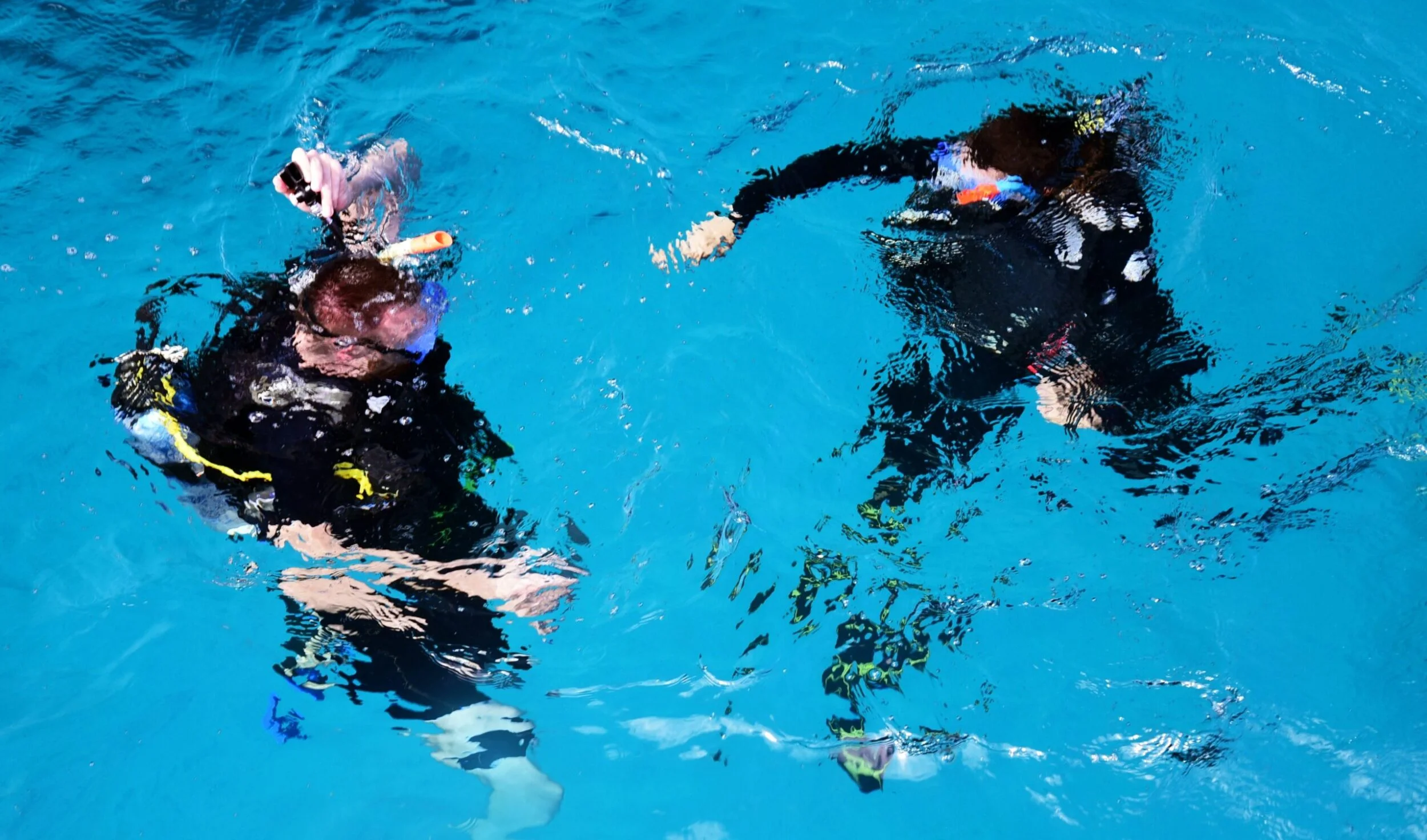


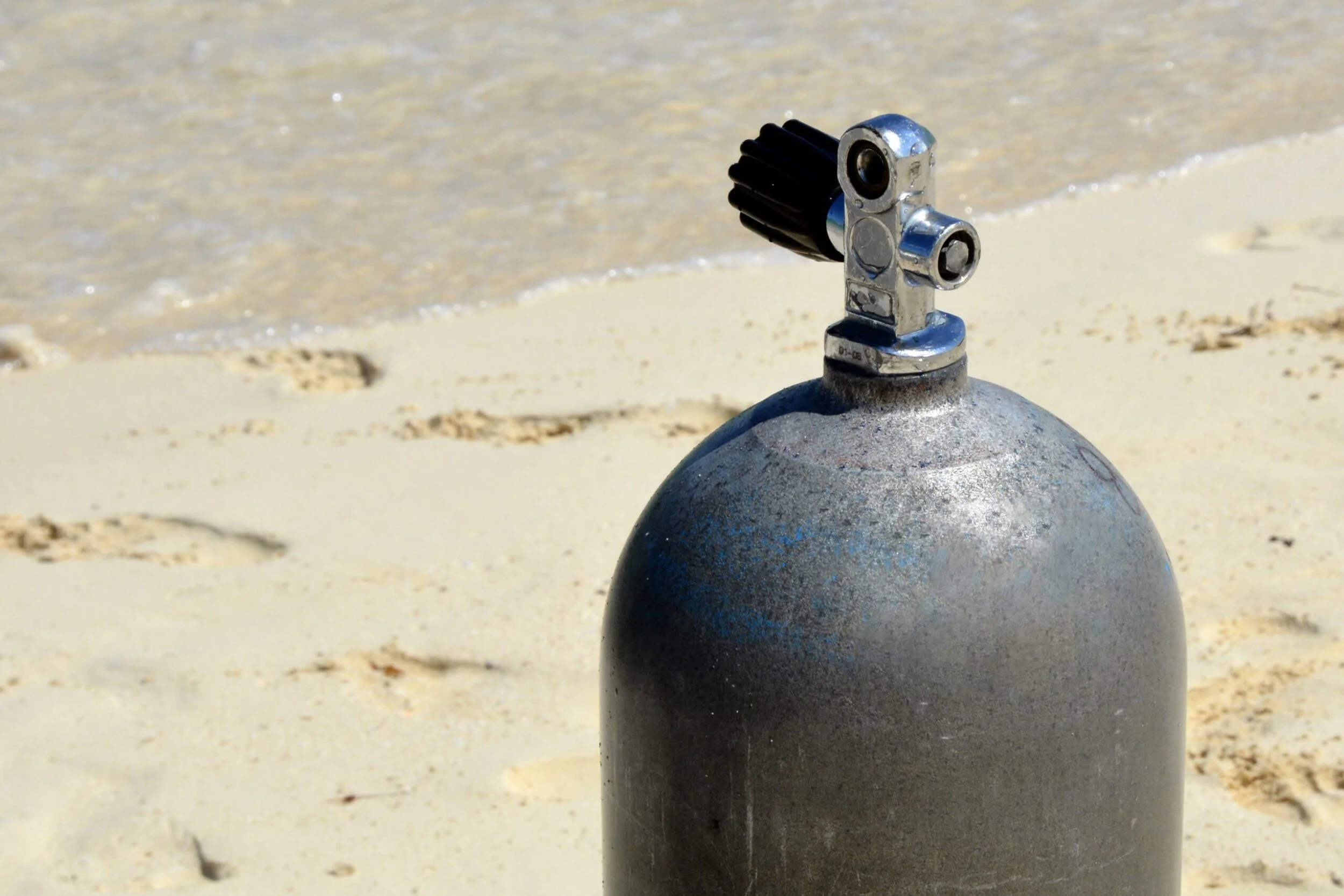
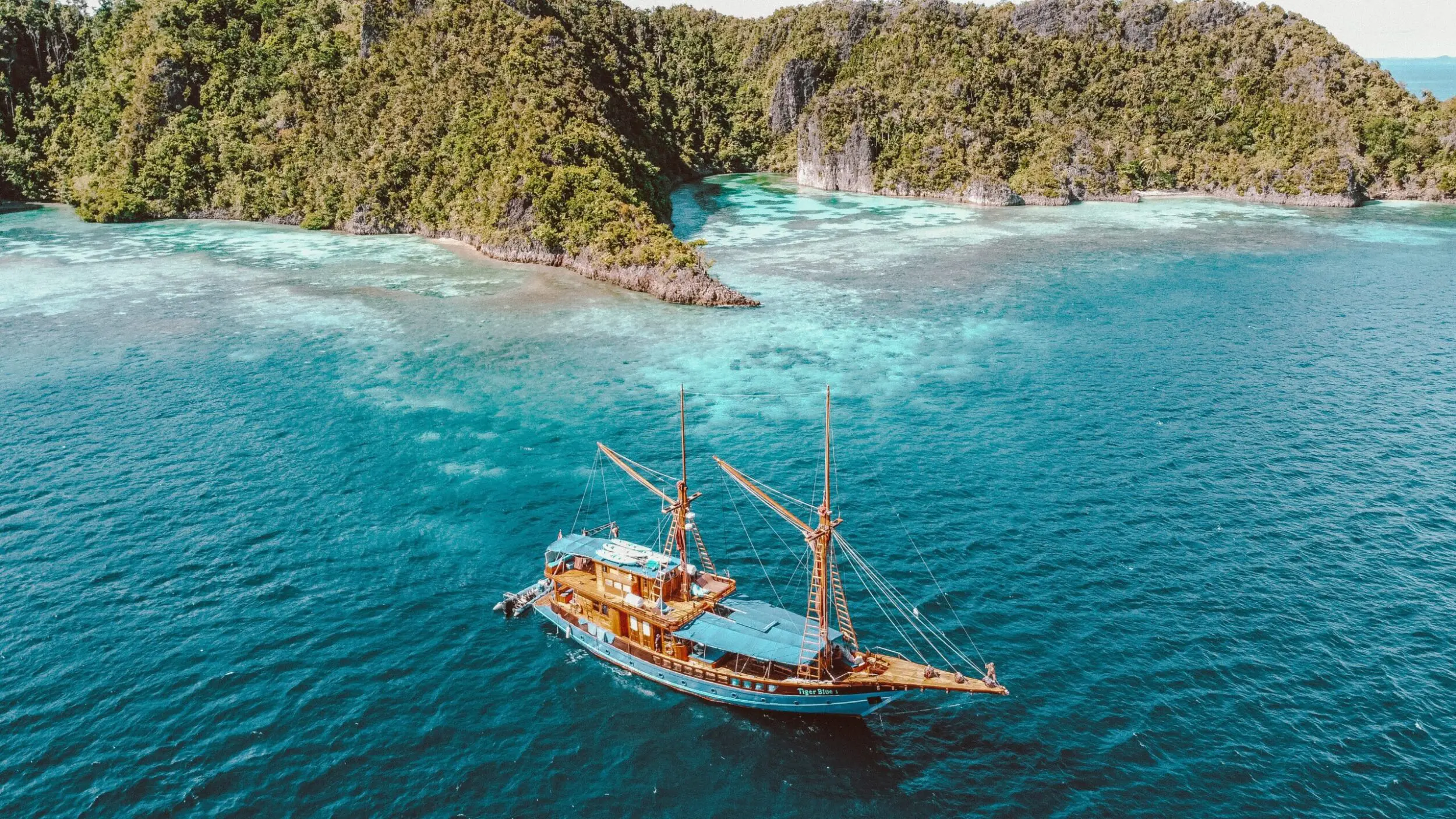
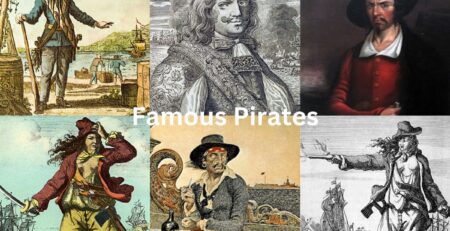

Leave a Reply